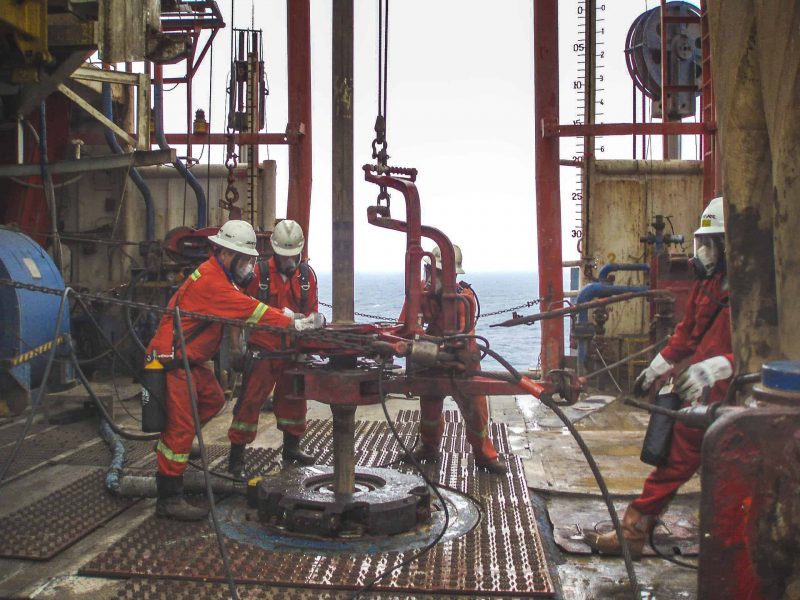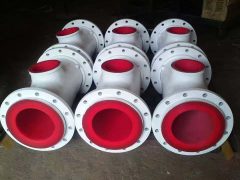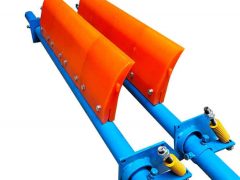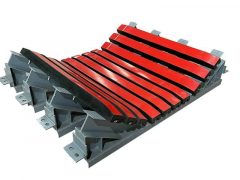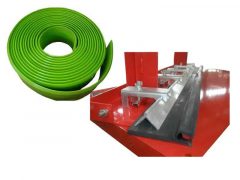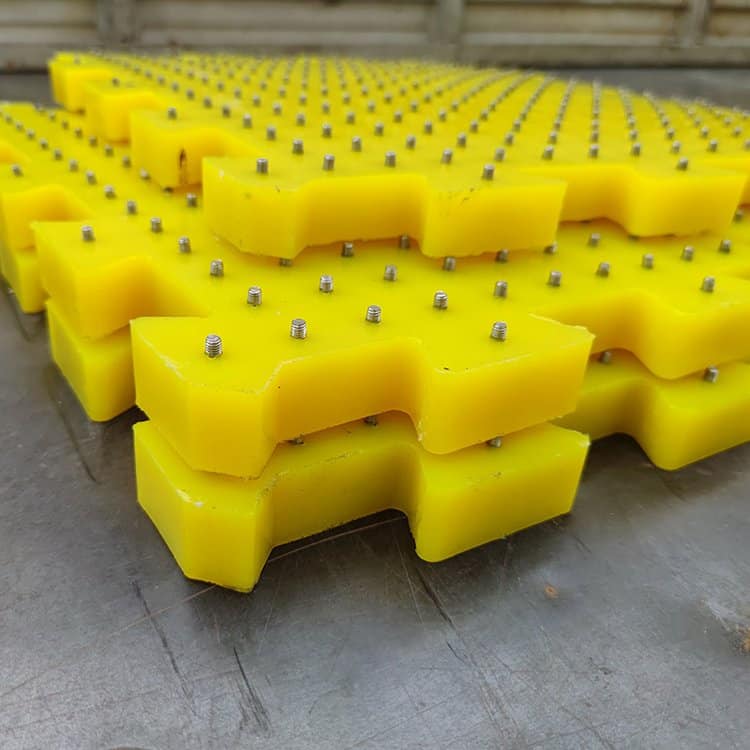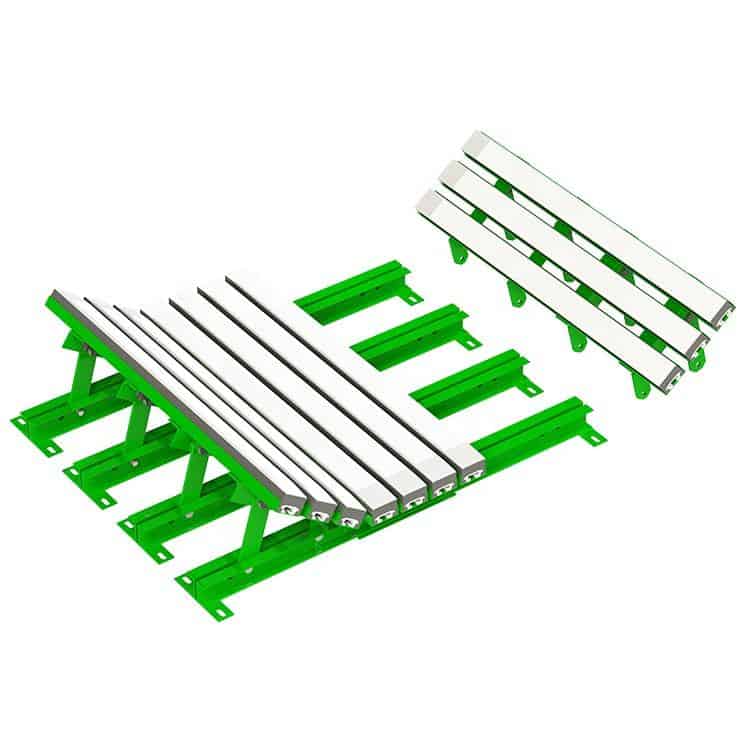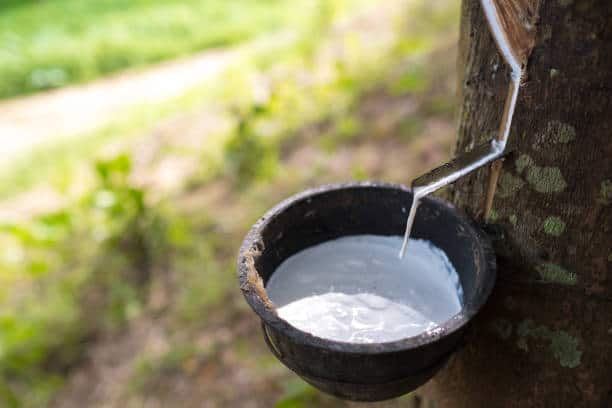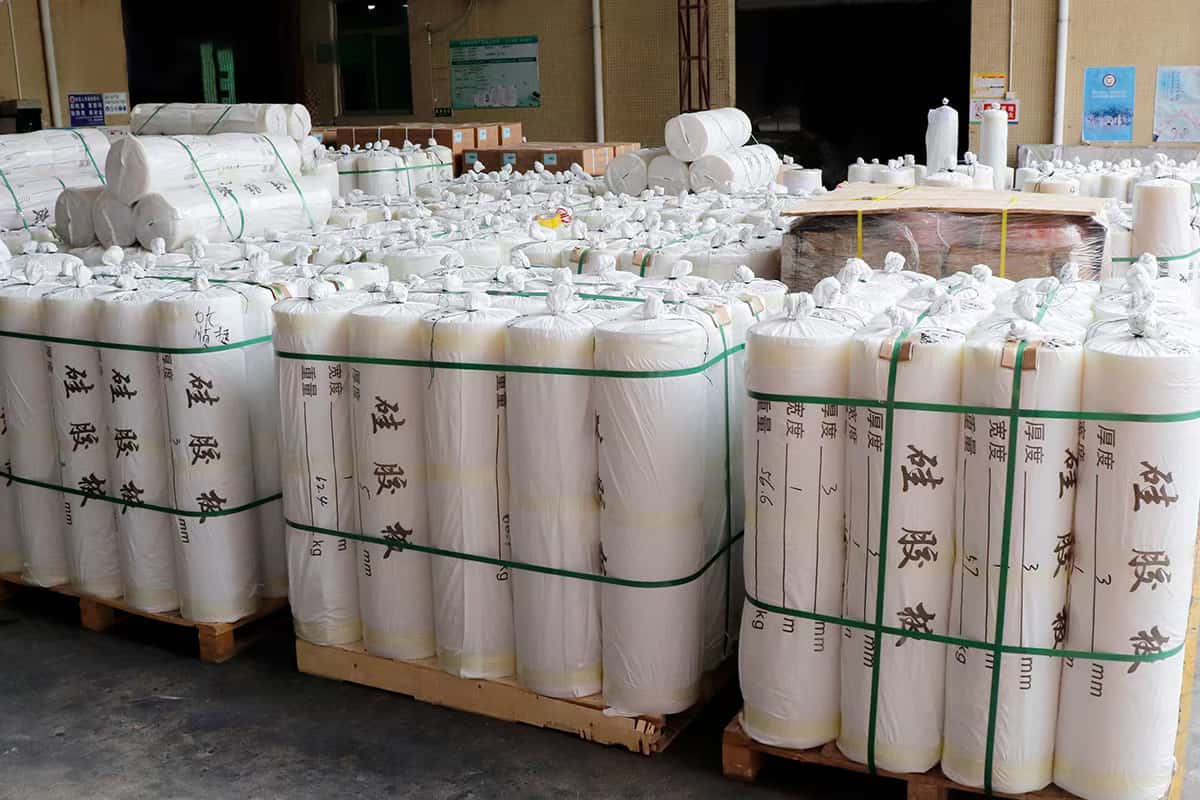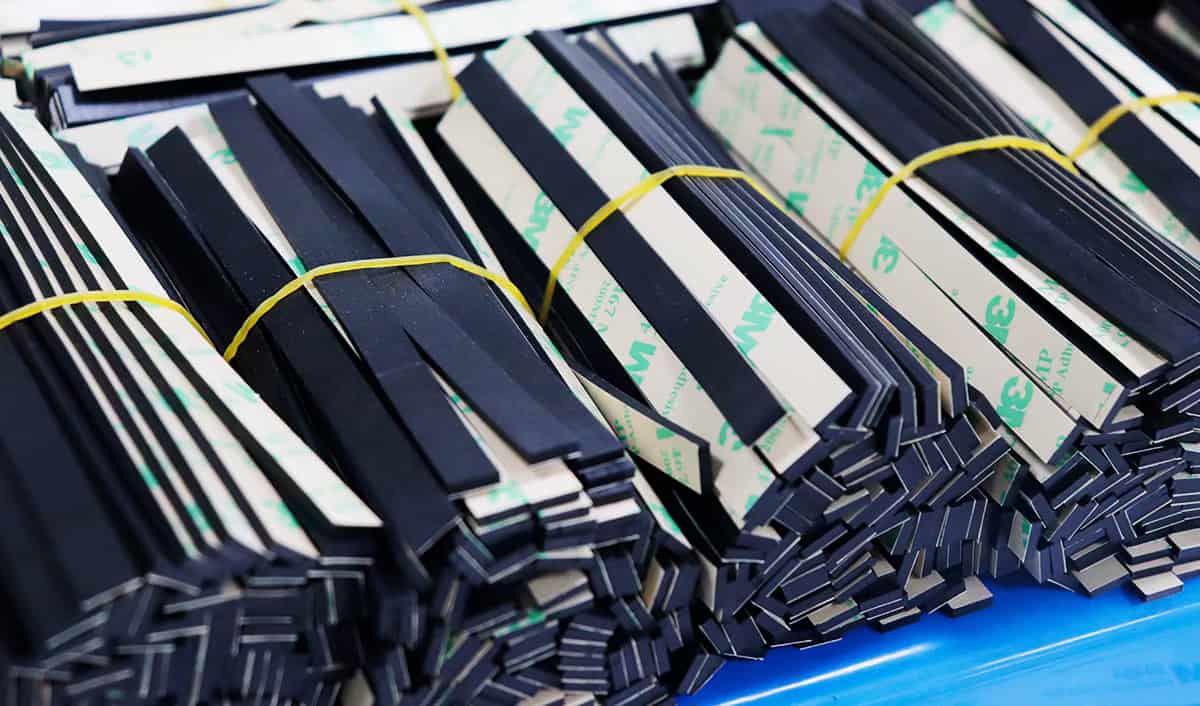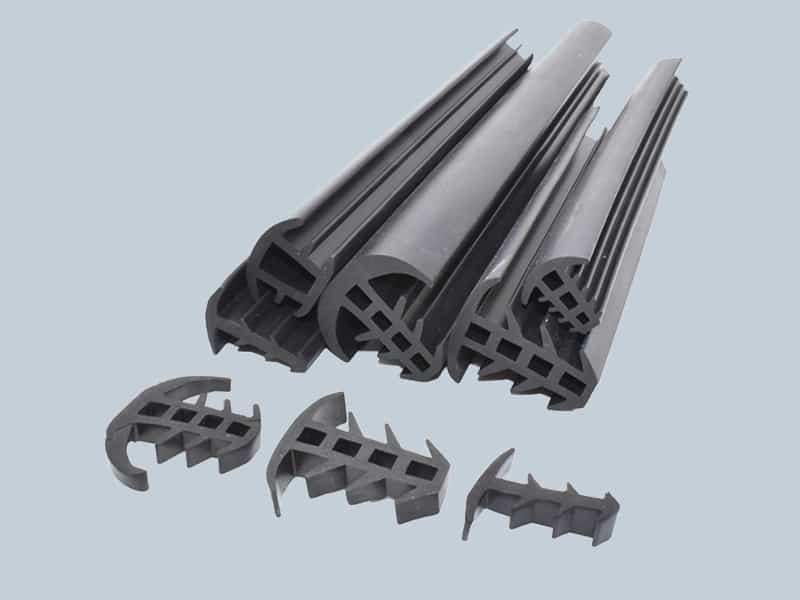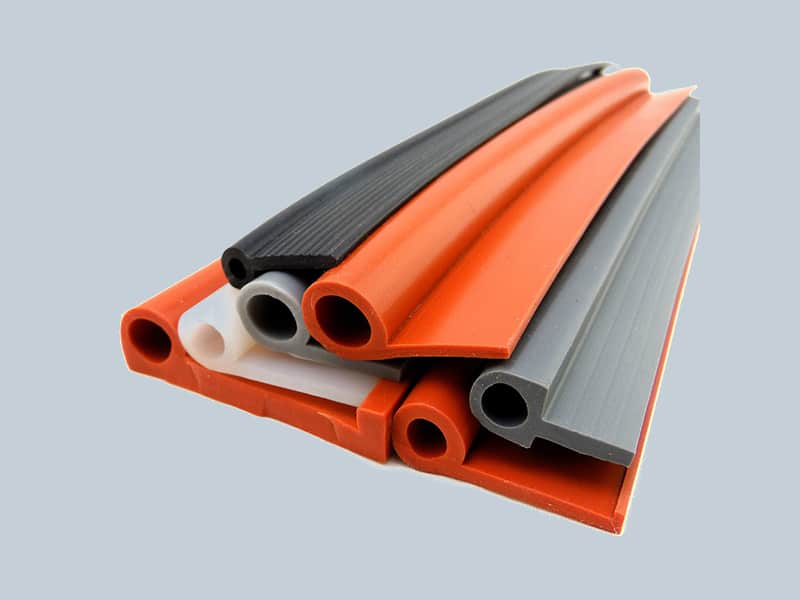Safety regulations on rigs are essential for the protection of personnel and equipment in any oil and gas industry. All employees must be trained and certified on how to work safely in a hazardous environment. Rig safety is key to preventing accidents, injuries and fatalities.
One important safety regulation is the use of Personal Protective Equipment (PPE). PPE includes items such as hard hats, ear plugs, respirators, goggles, face masks, gloves, coveralls and boots. All workers must use appropriate PPE while working on or around the rig to ensure their own safety and that of their colleagues.
In addition to personal protective equipment, it is critical that all relevant industry standards are followed with regard to operations on rigs. This includes not only safety regulations but also environmental standards set by regulatory bodies like the International Association of Drilling Contractors (IADC) or The American Petroleum Institute’s (API). These standards help ensure that operations are conducted safely and efficiently while also protecting both personnel and surrounding environment from potential harm.
1. Pre-Drilling: Risk Assessment
Before any drilling operations can commence, risk assessment is an essential step to ensure the safety of all workers involved. In order to mitigate any potential hazards and identify any areas that may need further investigation or review, a thorough pre-drilling risk assessment must be conducted. This process typically entails assessing the conditions in which the drilling will take place, such as terrain and soil composition, weather conditions, and existing infrastructure. Additionally, operators should evaluate potential environmental impacts of their activities on land and marine ecosystems. Risk assessments also consider personnel safety issues such as access to protective equipment as well as safety protocols to be followed during operations. Furthermore, these assessments may explore possible health risks associated with working in extreme environments such as high temperatures and elevated noise levels. Lastly, a comprehensive risk assessment should include contingency plans for different scenarios so that necessary actions can be taken if something unexpected arises during operations.
2. Drilling: Emergency Protocols
In the event of an emergency on a drilling rig, swift action is essential. The crew must follow established protocols to ensure everyone’s safety and prevent further damage or injury. Depending on the type of emergency, these protocols may vary slightly, but overall they remain consistent.
The first step in any emergency situation should be to assess the severity of the incident and determine if evacuation is necessary. If so, all personnel should be evacuated as quickly and safely as possible. Following this, communication between personnel is key in order to coordinate efforts effectively and expedite response time. All available resources should then be used to contain or mitigate any potential hazards caused by the incident.
Additionally, it’s important that all equipment used during the response process is checked for defects or malfunctions before being put into use; otherwise this could lead to further complications or delays. Finally, a thorough investigation should be conducted afterwards to identify what went wrong and how similar incidents can be avoided in future operations.
3. Production: Daily Checks
It is important for all personnel to conduct daily checks on the rig in order to ensure the safety and efficiency of operations. Daily checks should include a thorough inspection of all equipment and systems, such as drill pipe, collars, and blowout preventers. In addition, personnel should ensure that any safety-critical devices are properly functioning and that any required maintenance tasks have been completed. Furthermore, all areas of the rig including living quarters must be inspected in order to identify any potential hazards or problems before they become an issue. Finally, it is essential to look out for changes in weather conditions which could affect operations or cause unsafe working conditions. Regular communication between crew members is also important for ensuring everyone’s safety while conducting daily checks on the rig.
4. Maintenance: Personnel Training
It is essential to train personnel on safety regulations and procedures when working on a rig. This training should include basic safety rules, the proper use of tools and equipment, protective clothing, and emergency response plans. Training should also cover the identification of hazards, how to eliminate or reduce risks before they occur, how to respond in an emergency situation, and other important information relevant to work on rigs. Furthermore, personnel should be trained on reporting any potential hazards or incidents promptly in order for corrective action to be taken in a timely manner. It is also important for workers to understand their role within the team environment so that everyone can ensure safe operational practices are being followed at all times. Finally, regular refresher courses will help reinforce safety protocols and keep workers up-to-date with any changes or updates that may have been made since their last training session.
5. Dismantling: Equipment Cleaning
Equipment cleaning is an important safety precaution to take when dismantling a rig. This involves thoroughly cleaning all equipment before removing it from the site, including any pipes, tools, wires and other components. All dirt and debris should be removed so that no hazardous material remains on the equipment or within the vicinity of the site. It is also essential to check for any signs of corrosion on all parts before they are taken away and disposed of. In addition, regular maintenance checks should be done during dismantling such as inspecting pumps, motors and valves to ensure they are in working order. Once these safety measures have been followed correctly then it is safe to move onto the next step of dismantling a rig.
Conclusion
In conclusion, the safety regulations on rigs are put in place to protect workers and ensure that operations are conducted safely and efficiently. The regulations cover all aspects of safety, from personal protective equipment requirements to fire prevention protocols. They also set out how employers and employees should communicate with each other about safety issues. Adhering to these regulations is essential for avoiding accidents and protecting the health and well-being of workers. Rig operators must be trained on these regulations before they start working and should always remain aware of any changes or updates. Safety on a rig is ultimately everyone’s responsibility and everyone involved has a duty to follow the rules in order to maintain a safe work environment. Keeping up with the latest industry developments, following best practices, and staying vigilant will help ensure that rigs remain safe places for employees.

